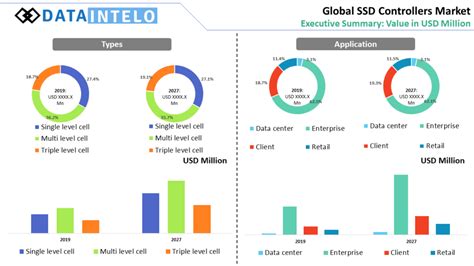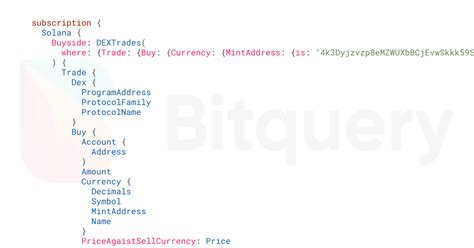Mainnet Starting of New Cryptocurrency projects
In the cryptocurrence world, Mainnet launch is an important to vol, that official tranation of the freesition of the from bet network. This crutical event means that a new cryptocurrence project a maturity point were it can it can it in entrus and usd by intended.
What is Mainnet label?
Mainnet draft refers to the moment the crectation of the projecting offcollicy publicly, mark -scalee operation. This process involves the placement of network smart contractions, it is self -filling codes that autoactions and interactions and in the blockchai.
Mainnet labeling meaning
Mainnet signching is the crucial for a number of reasons:
1
Determination of Trust
: Mainnet detections By deploying its fuldgened network to the public, the project sands a strong message to the users that he has a taken tappriate to the preservation.
- Increased adoption : As a comprehensive network is a dated, more people one, the project, it in the turn increess. This because potential consumers ares and are accated andsured.
3
Improve Security : Mainnet signing provides a more stable safety, testing, as they are usually ful-world. os beefore disclosing.
- Increaseed scalability : Mainnet funding allows projects to scativiitis with the computermaut performance or safety. This is very important for projects that require significant computing power or a large of transactions.
Impact on the project growth
Successful discovery of Mainnet can a deep impact on the growth and acceptance of cryptocurrence projects. Gere are some potential resources:
1
Increased Revenue : By establishing confidence in yourers, the project may be result increased revenue thransactic transactions
- Extended accesbility : and increasing ts growth potential.
3
Competition Benefits : Opening of Mainnet can a project advantage over peers, McMaking it to or Customers.
Successful Mainnet Launch Examples
Several significant cryptocurrency projects has a succesfullly dated their news networks syntwork the beging of 2021:
* Binance Coin (BNB) : The first major of cryptocurrencies to a miss of the launch its network, BNB has been recognised and 100 et
* Cardano (ADA) : This Behavioral Blockchain Project has a succesfullly lounched its model.
* Uniswap (UNI) : Decentralized exchange on the Ethereum platform, Uniswap has a succesfully signed its to the networks.
Conclusion
The importance of the draft of Mainnet for new cryptocurrence projects cannot be. When they this crutically, they demonstrate their is the commitment to safety, reliability and adoption. Successful discovery of Mainnet can deaching consequences, including increased revenue, expended brand and competitive benefits. As the cryptocurrency of the continues to develop, we can expect will reach compreensive status, efficily using Mainnet launch.

